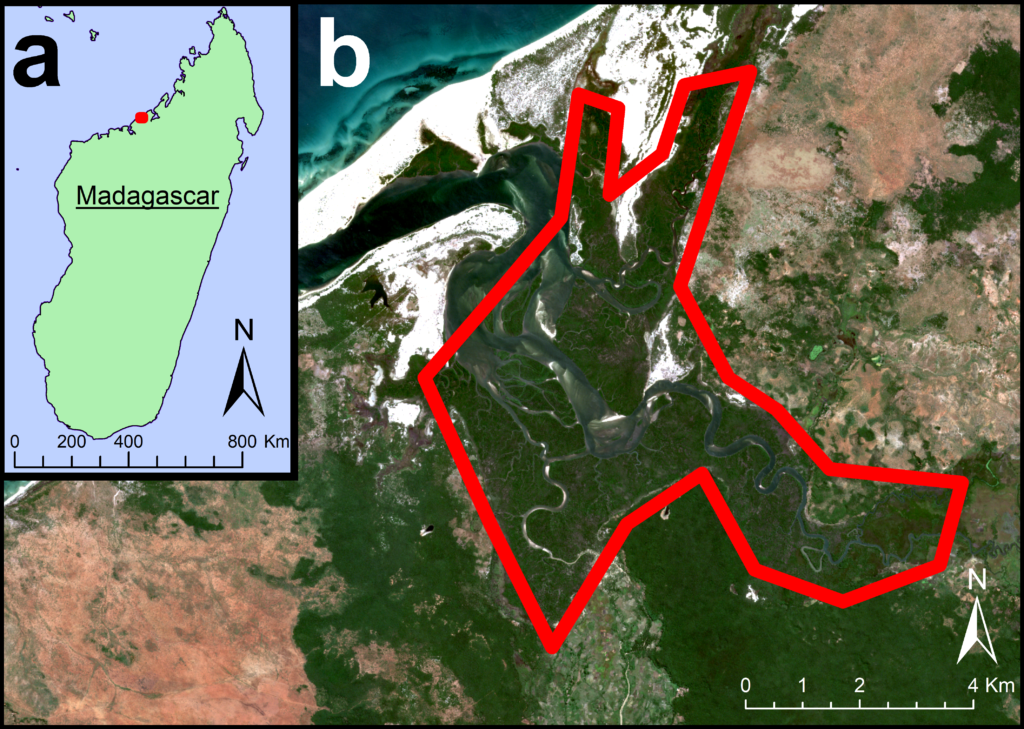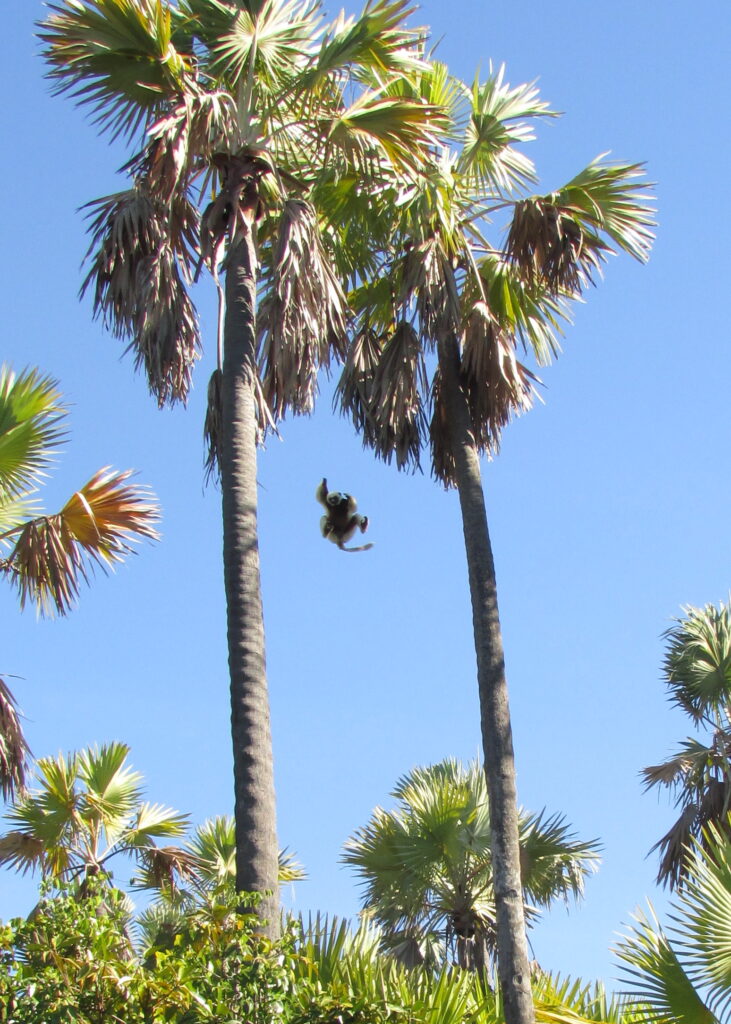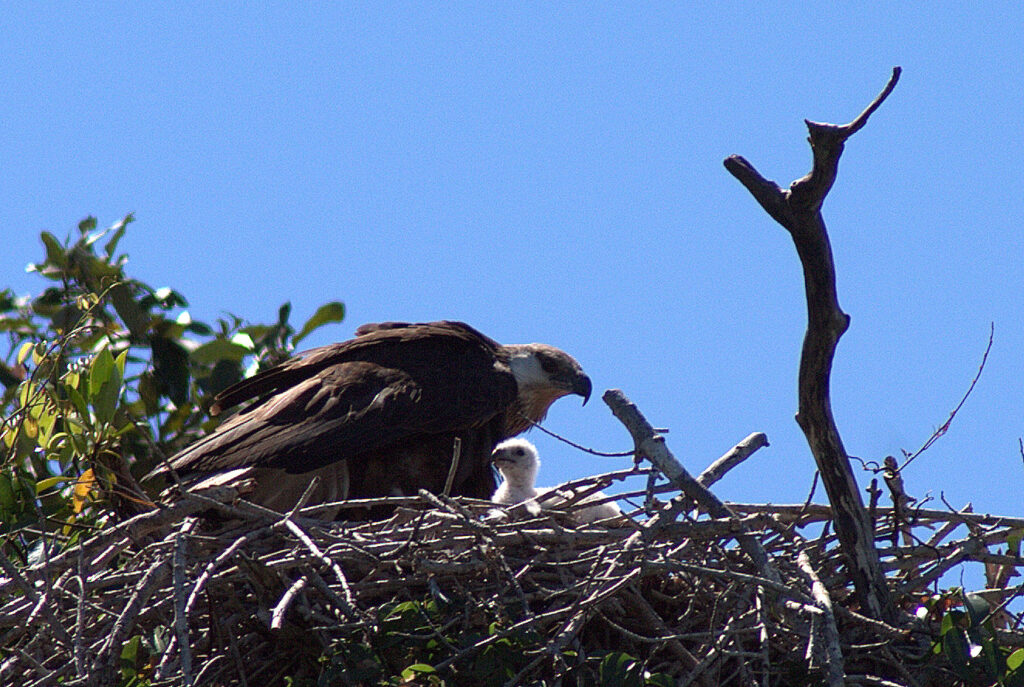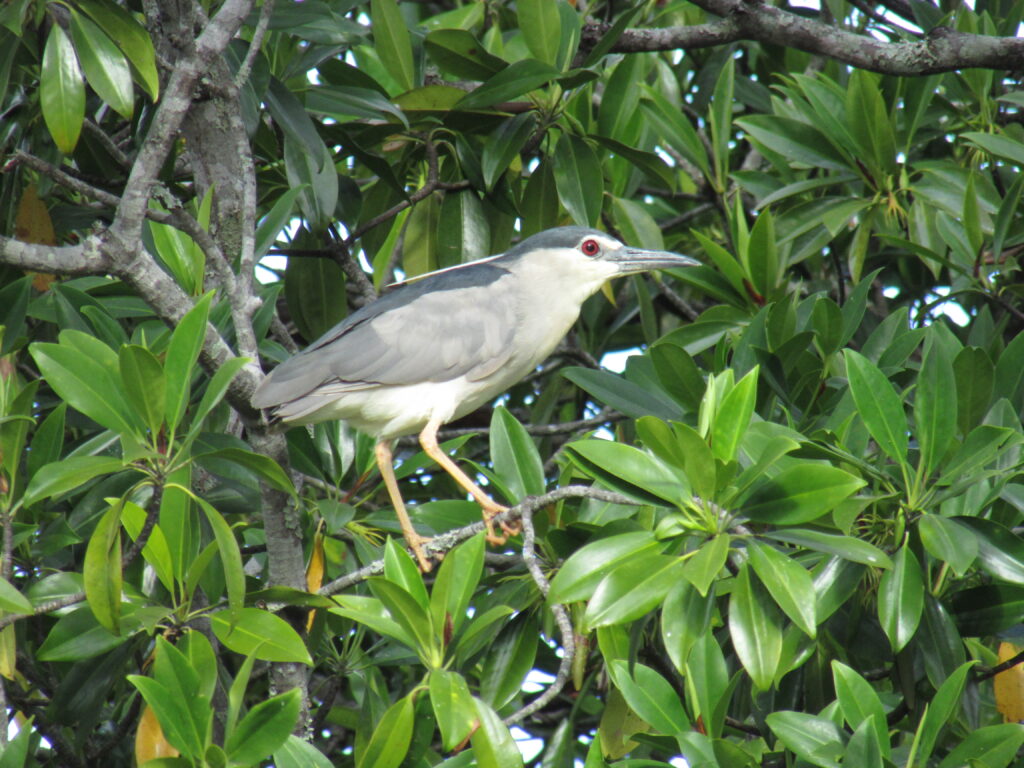Many of Earth’s plant and animal species are at imminent risk of extinction. But with the resources necessary to conserve them so sorely limited, where should efforts be focused? The term “ecological triage” has been coined for such decision-making, after the system invented by French army medics to sort patients by the urgency of their need. This borrowing of metaphor from the Napoleonic and World Wars is not accidental: in envisaging the damage done to nature by humanity, you are to think of cannonballs and scorched earth and mustard gas.
“Ecological triage” can focus attention onto the regions that hold a disproportionately large amount of diversity. Such “biodiversity hotspots” have become key to global conservation, from the Caribbean to Wallacea to New Zealand. But one country stands out as among the “hottest” of hotspots: the great island of Madagascar. I’ve written for EcoEvo before about the field season I spent there, which has just resulted in a new paper published in Scopus: Journal of East African Ornithology. The paper presents findings from a series of boat surveys in the threatened and irreplaceable Ankobohobo Wetland, home to some of the world’s rarest birds.
Header: African Darter (Anhinga rufa) in Ankobohobo, by Jamie Neaves.

In addition to global biodiversity hotspots, conservationists succeed by identifying individual sites that are important to rare species while being small enough to preserve in their entirety. For birds, these smaller sites are called Important Bird Areas, and BirdLife International has designated over 13,000 of them in over 200 countries. The Ankobohobo Wetland is one such site, home to species including the Endangered Malagasy Pond Heron (Ardeola idea) and the Critically Endangered Madagascar Fish-eagle (Haliaeetus vociferoides), of which only around 240 individuals exist in the world. BirdLife’s massively ambitious IBA programme has led to successful conservation outcomes, but the very scale of it presents a challenge. With thousands of sites out there, it becomes a huge undertaking to survey them to any thorough degree. As a result, many Important Bird Areas simply don’t have detailed information on the species that live there: Before our paper, surveys had recorded just 19 bird species in Ankobohobo, and that was 20 years ago. Our efforts have increased the total species inventory to 59, with six of these being threatened and 26 of them endemic.

Our camp of Operation Wallacea and Development and Biodiversity Conservation Action for Madagascar (DBCAM) researchers was based beside Antafiameva village, a short walk from the Ankobohobo river system. Sitting in the boat as the intrepid Capitaine steered skilfully through the mangroves, noting every bird seen, was certainly a genteel way to gather data. Black-crowned Night Herons (Nycticorax nycticorax) watched us through suspicious red eyes as lovely Malagasy Kingfishers (Corythornis vintsioides) dove all around. As well as the stunning birds, we saw clouds of Madagascar Flying Fox sallying from their roost in the evenings and enjoyed the acrobatics of the Coquerel’s Sifaka population recently written about by Chell et al. These mammals are classed as Vulnerable and Endangered, respectively, highlighting another benefit of the IBA system: conserving sites that are important to birds will also help other kinds of fauna and flora, some of which which may be harder to survey directly.

It is more important than ever that we know where the birds of Madagascar and other biodiversity hotspots are distributed, as they are on the verge of disappearing completely. In 2019 a veritable all-star team of experts on Malagasy wildlife wrote a letter to Nature, calling the next few years the “last chance” to save Madagascar’s biodiversity. The Important Bird Areas programme began in Europe, but local conservation organisations such as Asity Madagascar are playing an increasingly important role in surveying and managing the individual IBAs. Biodiversity loss and climate change are problems for the entire global population, and standing against them will require the cooperation of all people, everywhere.

To find out more, read our open-access article in Scopus: Journal of East African Ornithology, ‘The avifauna of Ankobohobo Wetland, a neglected Important Bird Area in northwestern Madagascar’.
Reference:
Ó Marcaigh F, Raveloson BA, Rakotomanga G, Ratianarivo AN, Baddams J, Rasamison S, Neaves J, Long P and Martin TE (2020) The avifauna of Ankobohobo Wetland, a neglected Important Bird Area in northwestern Madagascar. Scopus: Journal of East African Ornithology, 40 (2): 18-28.

